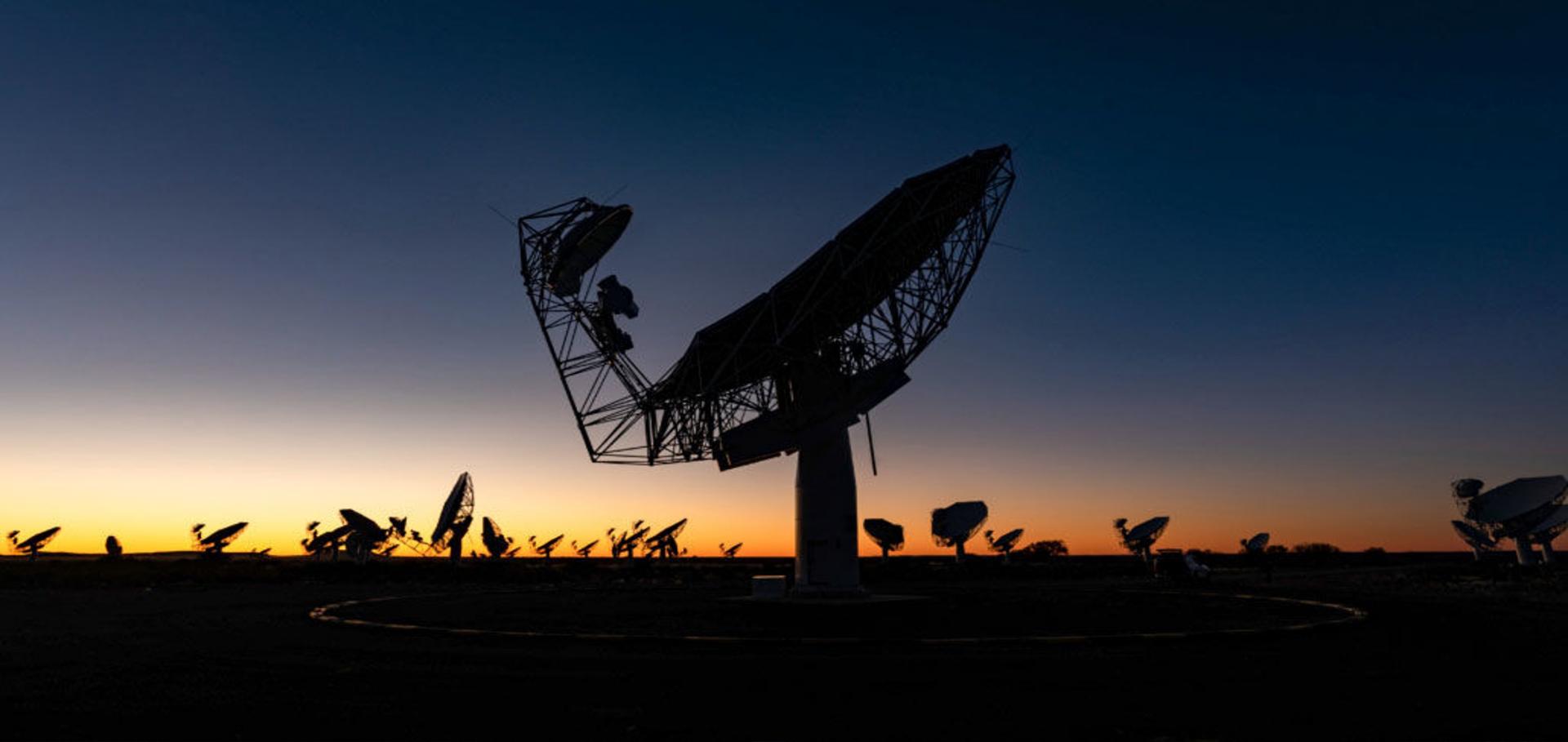MIGHTEE-H
i
: The
M
H
i
–
M
☆ relation of massive galaxies and the H
i
mass function at 0.25 <
z
< 0.5
Monthly Notices of the Royal Astronomical Society Oxford University Press (OUP) (2025) staf1857
Abstract:
MIGHTEE-H
i
: the direct detection of neutral hydrogen in galaxies at
z
> 0.25
Monthly Notices of the Royal Astronomical Society Oxford University Press (OUP) 544:1 (2025) 193-210
Abstract:
MIGHTEE-HI: the radial acceleration relation with resolved stellar mass measurements
Monthly Notices of the Royal Astronomical Society Oxford University Press 541:3 (2025) 2366-2392
Abstract:
The radial acceleration relation (RAR) is a fundamental relation linking baryonic and dark matter in galaxies by relating the observed acceleration derived from dynamics to the one estimated from the baryonic mass. This relation exhibits small scatter, thus providing key constraints for models of galaxy formation and evolution – allowing us to map the distribution of dark matter in galaxies – as well as models of modified dynamics. However, it has only been extensively studied in the very local Universe with largely heterogeneous samples. We present a new measurement of the RAR, utilizing a homogeneous sample of 19 H i-selected galaxies out to . We introduce a novel approach of measuring resolved stellar masses using spectral energy distribution fitting across 10 photometric bands to determine the resolved mass-to-light ratio, which we show is essential for measuring the acceleration due to baryons in the low-acceleration regime. Our results reveal a tight RAR with a low-acceleration power-law slope of , consistent with previous studies. Adopting a spatially varying mass-to-light ratio yields the tightest RAR with an intrinsic scatter of only dex, highlighting the importance of resolved stellar mass measurements in accurately characterizing the gravitational contribution of the baryons in low-mass, gas-rich galaxies. We also find the first tentative evidence for redshift evolution in the acceleration scale, but more data will be required to confirm this. Adopting a more general MOND interpolating function, we find that our results ameliorate the tension between previous RAR analyses, the Solar System quadrupole, and wide-binary test.Deep extragalactic H i survey of the COSMOS field with FAST
Monthly Notices of the Royal Astronomical Society Oxford University Press (OUP) 534:1 (2024) 202-214
MIGHTEE-H i: deep spectral line observations of the COSMOS field
Monthly Notices of the Royal Astronomical Society Oxford University Press (OUP) 534:1 (2024) 76-96

